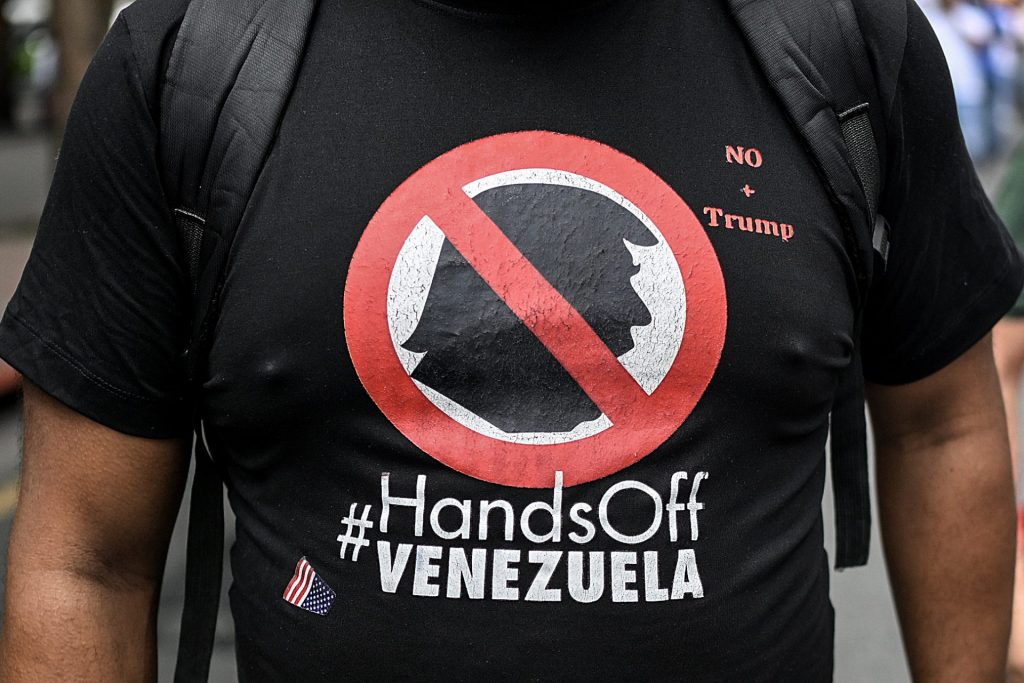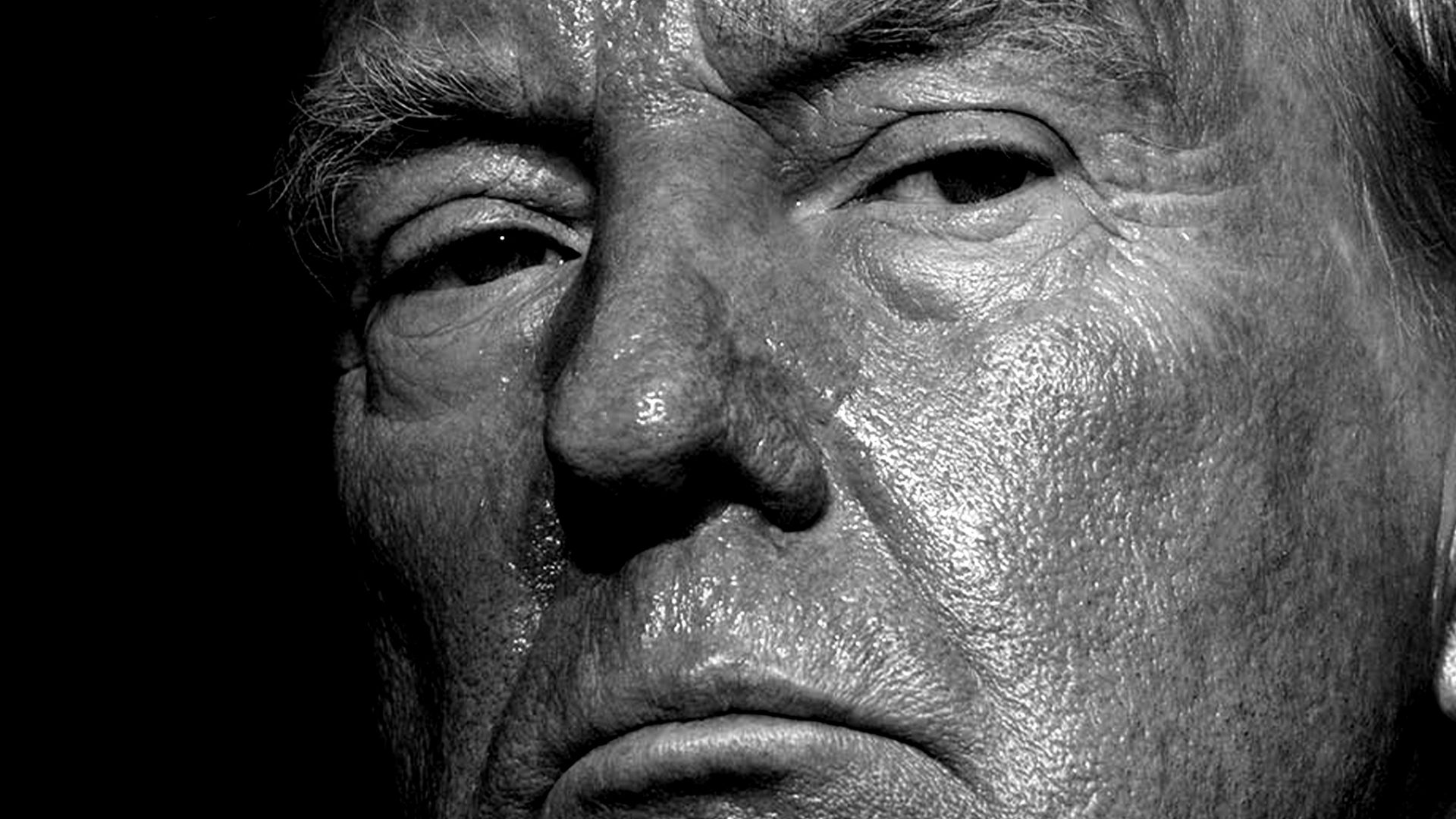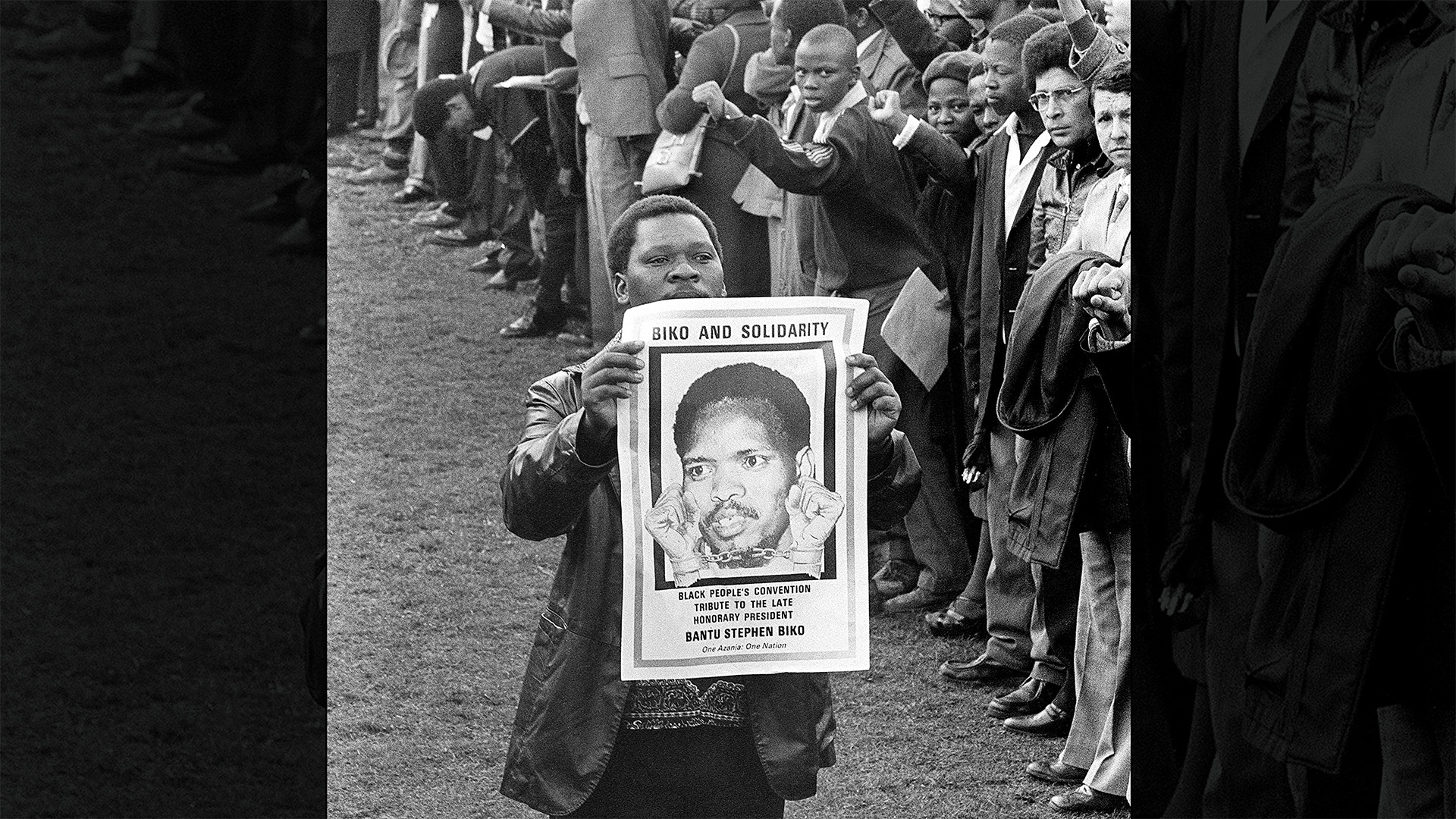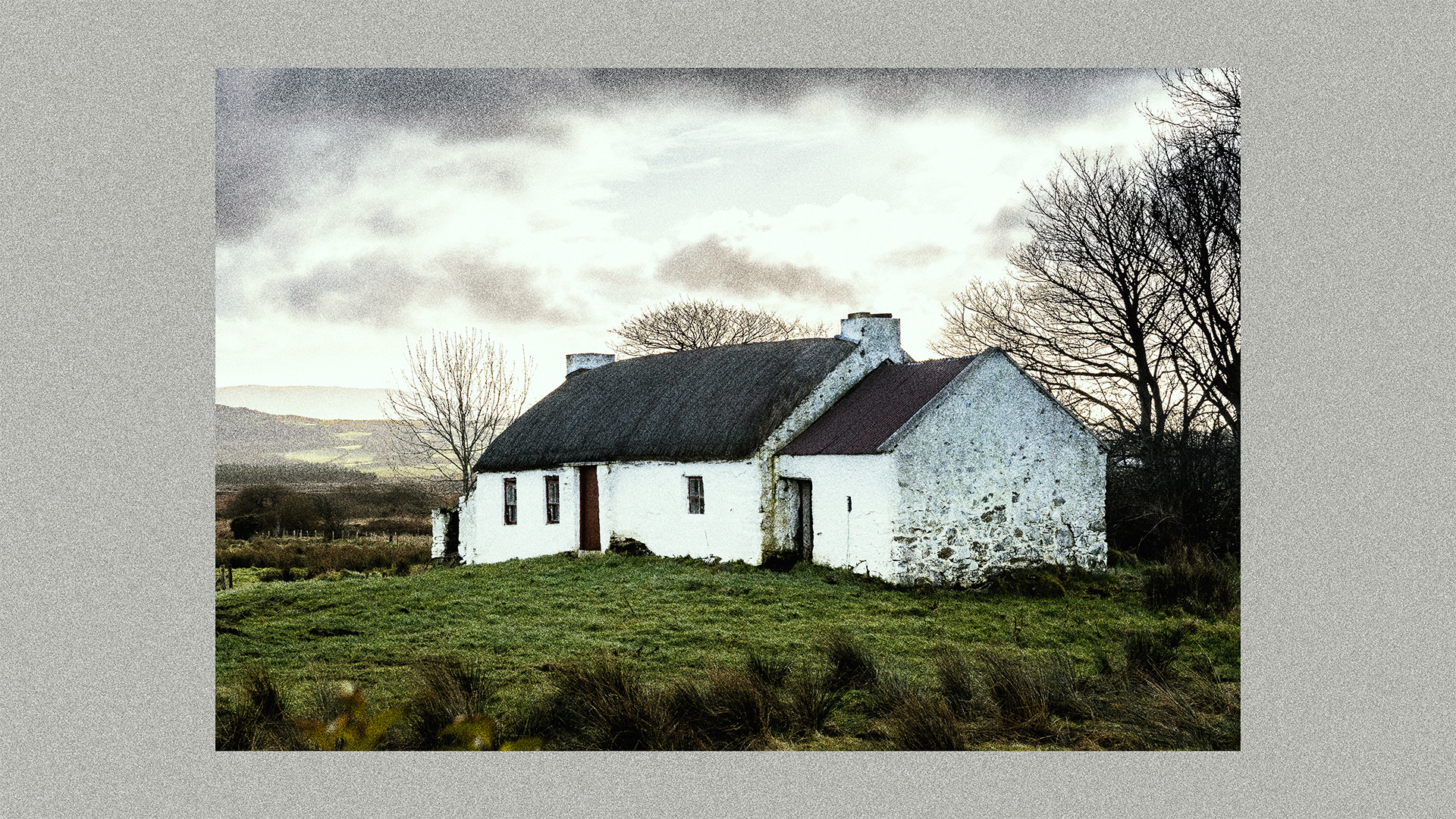Two months since Donald Trump’s administration first began bombing boats it claimed were drug-smuggling vessels off the coast of South America, the campaign has intensified. What began in the Caribbean has now spread to the Pacific, and the four attacks that took place on October 27 marked a new phase: the first time multiple strikes were carried out in a single day. The tempo of operations is picking up.
“These strikes will continue, day after day,” said defence secretary Pete Hegseth on Tuesday 28, after announcing 14 more deaths in the Pacific. “These DTOs [Designated Terrorist Organization] are the ‘Al Qaeda’ of our hemisphere and will not escape justice. We will find them and kill them, until the threat to the American people is extinguished.”
It was the kind of language normally associated with a counterterrorism raid, not a maritime patrol against suspected smugglers. But in Trump’s America, narcos are the “terrorists,” and the ocean is fair game.
Trump insists he has every right to order the attacks in international waters, describing them as a matter of national security to “save American lives” and asserting that the United States is engaged in an “armed conflict” with drug cartels.
Yet legal experts from across the spectrum have warned that the US campaign breaches international law, noting that Washington has yet to present any public evidence to justify them. “The use of lethal force in international waters without proper legal basis violates the international law of the sea and amounts to extrajudicial execution,” a group of UN experts wrote in October.
The strikes have left at least 57 people dead and coastal communities terrified. Hegseth has released footage of small boats becoming engulfed in flames, images that have led fishermen from Colombia to Venezuela saying they are afraid to venture into deep waters for fear of becoming the next “target.” Trump seemed to think this was funny, making light of those deciding not to go fishing at a press conference in mid-October.
Here in Colombia, the wife of Alejandro Carranza, who was killed in a strike in mid-September, insists her 40-year-old husband was simply a fisherman. “Why did they just take his life like that?” said Katerine Hernández. “The fishermen have the right to live. Why didn’t they just detain them?”
A war of words has also erupted between Trump and Gustavo Petro, the Colombian president. Petro has accused US officials of “murder”, while Trump branded Petro an “illegal drug trafficker” and “thug”. Diplomatic decorum has gone overboard. Washington then slapped sanctions on Petro and his family and froze aid payments to Colombia.
“The United States has carried out these attacks under the pretext that they are part of a ‘war on drug trafficking,’ an unfounded and tenuous argument in light of the facts and international law,” the Colombian government told The New World.

So far, there have only been three known survivors. An Ecuadorian and a Colombian were repatriated after the semi-submersible they were aboard was hit. Ecuador’s attorney general’s office said its citizen “could not be detained” because there was no evidence he had committed a crime in its territory. The Colombian survivor, 34-year-old Jeison Obando Pérez, remains in intensive care in a Bogotá hospital.
“Dangerous enough to try to kill them in a military operation, but not dangerous enough to prosecute them via lawful methods – almost certainly because a lawful case could not be made before a court,” wrote Jack Goldsmith, a professor at Harvard and former US Department of Justice official.
Suggested Reading

Why Trump bought Argentina’s election
Asked why the two survivors were not taken to the United States for trial, JD Vance told reporters that “so long as they’re not bringing poison into our country”, he did not “really care” what happened to them.
Last week a third survivor was reported, with the military spotting a person in the water clinging to wreckage. Hegseth said the Mexican search and rescue authorities had “assumed responsibility for coordinating the rescue”.
Meanwhile, US naval forces in the Caribbean have swelled to levels unseen in decades, a build-up that regional analysts say signals a coming escalation.
Trump has also hinted that he could take the fight onto land. That move would mark a drastic, and dangerous, expansion of his self-declared “war”.



